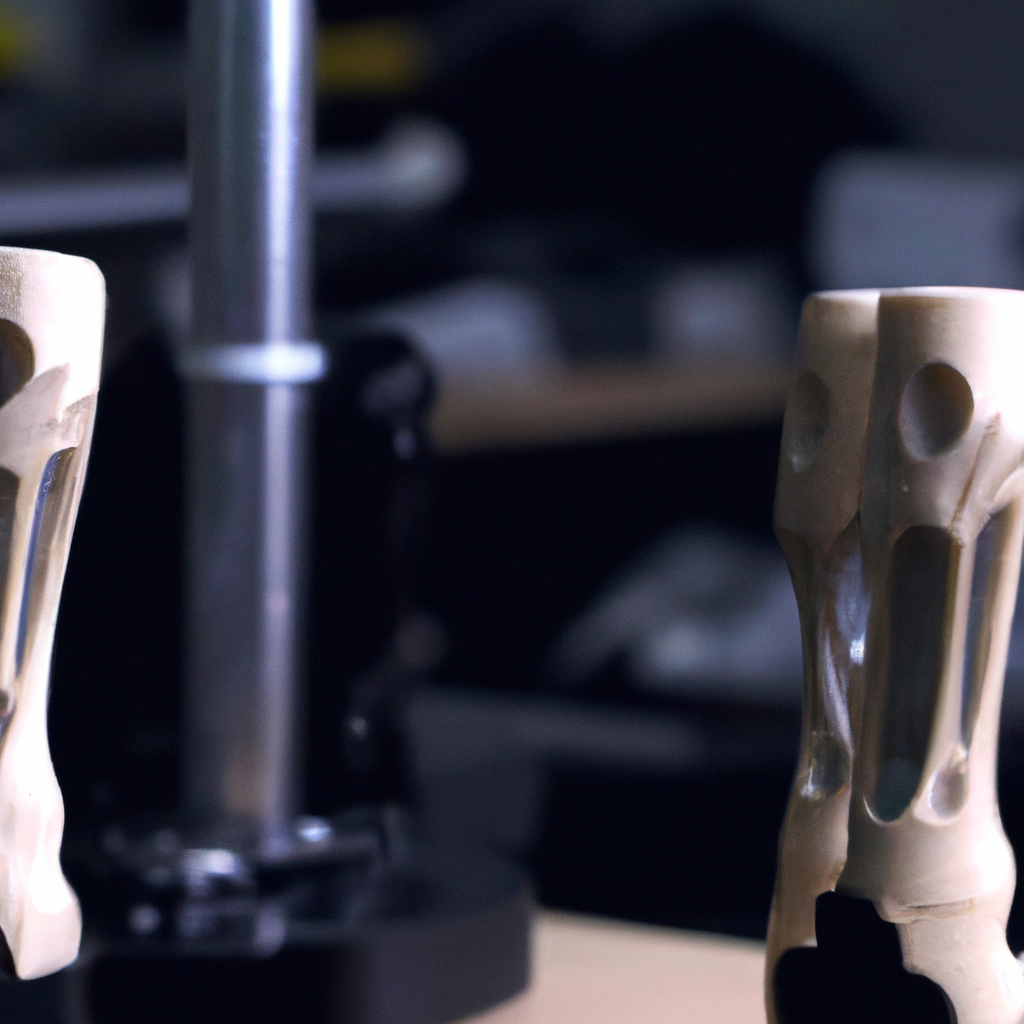Prosthetic limbs are artificial limbs designed to replace missing limbs lost due to an injury, disease, or birth defect. They are a vital part of amputee rehabilitation, allowing individuals to regain their independence and lead a normal life. Prosthetic technology has come a long way since the first prosthetic limb was created in ancient Egypt. In this article, we will explore how prosthetic limbs are made, the different types of prosthetics available, and the latest advancements in prosthetic design.
Prosthetic Limbs: An Overview
Prosthetic limbs are typically made of lightweight materials such as carbon fiber, aluminum, and plastic. The design of a prosthetic limb depends on the level of amputation, and whether it is a below-knee or above-knee amputation. For below-knee amputations, a prosthetic foot and ankle are attached to a socket that fits over the residual limb. For above-knee amputations, a prosthetic knee joint is added to the socket. The socket is custom-made to fit the individual’s residual limb, ensuring a comfortable and secure fit.
The Process of Making Prosthetic Limbs
The process of making prosthetic limbs involves several steps, including:
1. Assessment: A prosthetist assesses the individual’s residual limb to determine the level of amputation, the shape and size of the limb, and the skin condition. This information is used to create a mold of the residual limb.
2. Casting: A plaster or digital cast is made of the residual limb to create a custom-made socket.
3. Fitting: The socket is fitted onto the residual limb, and adjustments are made to ensure a comfortable and secure fit.
4. Component Selection: Based on the individual’s needs and activity level, the prosthetist selects the appropriate components, such as the foot, ankle, knee joint, and suspension system.
5. Assembly: The components are assembled onto the socket, and the prosthetic limb is tested for functionality and comfort.
Types of Prosthetic Limbs
There are several types of prosthetic limbs available, including:
1. Below-Knee Prosthetics: These prosthetics are designed to replace the foot and ankle and are attached to a socket that fits over the residual limb.
2. Above-Knee Prosthetics: These prosthetics are designed to replace the knee joint and are attached to a socket that fits over the residual limb.
3. Upper Extremity Prosthetics: These prosthetics are designed to replace the arm and hand and can range from a simple hook device to a more complex myoelectric-controlled prosthetic hand.
4. Orthotics: Orthotics are devices designed to support or correct a limb or the spine. They can be used to treat conditions such as scoliosis, foot drop, and cerebral palsy.
5. Bionics: Bionics refers to the use of technology to create prosthetic limbs that are controlled by the user’s own thoughts or muscle signals.
Advancements in Prosthetic Design
Prosthetic technology has come a long way in recent years, with new advancements in prosthetic design. Some of the latest advancements include:
1. 3D Printing: 3D printing technology has revolutionized the prosthetic industry, allowing for faster and more affordable prosthetic limb production.
2. Myoelectric Control: Myoelectric-controlled prosthetic limbs use muscle signals to control the movement of the limb, allowing for more natural and intuitive movement.
3. Osseointegration: Osseointegration is a surgical procedure that involves attaching a prosthetic limb directly to the bone, rather than using a socket. This allows for a more secure and comfortable fit and greater functionality.
4. Proprioception: Proprioception refers to the ability to sense the position and movement of one’s own body. New prosthetic limbs are being developed that can provide users with a sense of proprioception, allowing for greater control and coordination.
Conclusion
Prosthetic limbs are an important part of amputee rehabilitation, providing individuals with the ability to regain their independence and lead a normal life. Prosthetic technology has come a long way in recent years, with new advancements in prosthetic design making prosthetic limbs more functional, comfortable, and affordable. With the latest prosthetic technology and advancements in prosthetic design, amputees can look forward to a brighter future.







